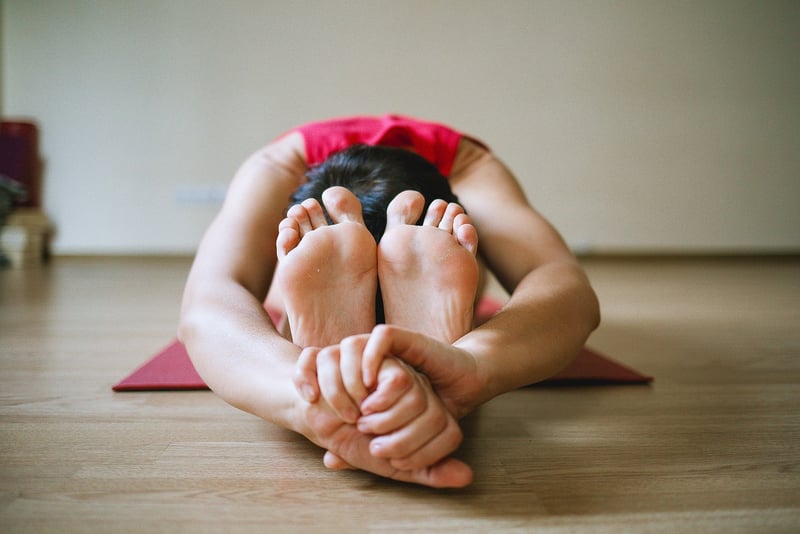Pranayama Practice
#Breathing
#Meditation
#Relaxation
Harness the Power of Breath: Pranayama Practice
Pranayama, the practice of breath control in yoga, is a powerful tool that can help you connect with your inner self, reduce stress, and improve overall well-being. By focusing on the breath, you can enhance your physical, mental, and emotional health.
Benefits of Pranayama Practice:
- Stress reduction and relaxation
- Improved concentration and focus
- Enhanced lung capacity and oxygen intake
- Balanced energy levels
- Detoxification of the body
Types of Pranayama Techniques:
There are various pranayama techniques that you can incorporate into your yoga practice:
- Ujjayi Pranayama: Also known as "victorious breath," this technique involves deep breathing through the nose with a slight constriction in the throat, producing a sound like ocean waves.
- Kapalabhati Pranayama: This breathing technique involves short, powerful exhales followed by passive inhales, helping to cleanse the respiratory system and increase energy levels.
- Anulom Vilom Pranayama: Also called alternate nostril breathing, this technique involves breathing through one nostril at a time, balancing the flow of energy in the body.
Guidelines for Pranayama Practice:
- Find a quiet and comfortable place to sit with your spine straight.
- Begin by observing your natural breath before starting any pranayama technique.
- Practice pranayama on an empty stomach or at least 2-3 hours after a meal.
- Start with a few minutes of pranayama and gradually increase the duration as you build your practice.
By incorporating pranayama practice into your daily routine, you can experience a profound sense of well-being and inner peace. Remember to listen to your body and practice with awareness to reap the full benefits of this ancient breathing technique.

Take a deep breath, and dive into the transformative practice of pranayama to discover the endless possibilities that lie within the rhythm of your breath.
